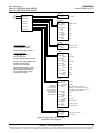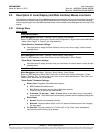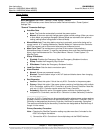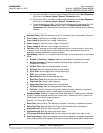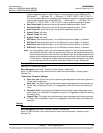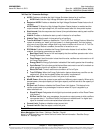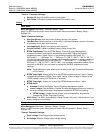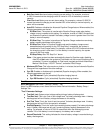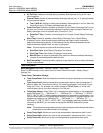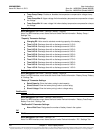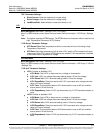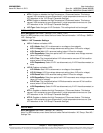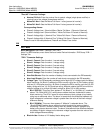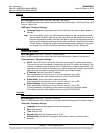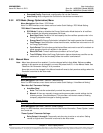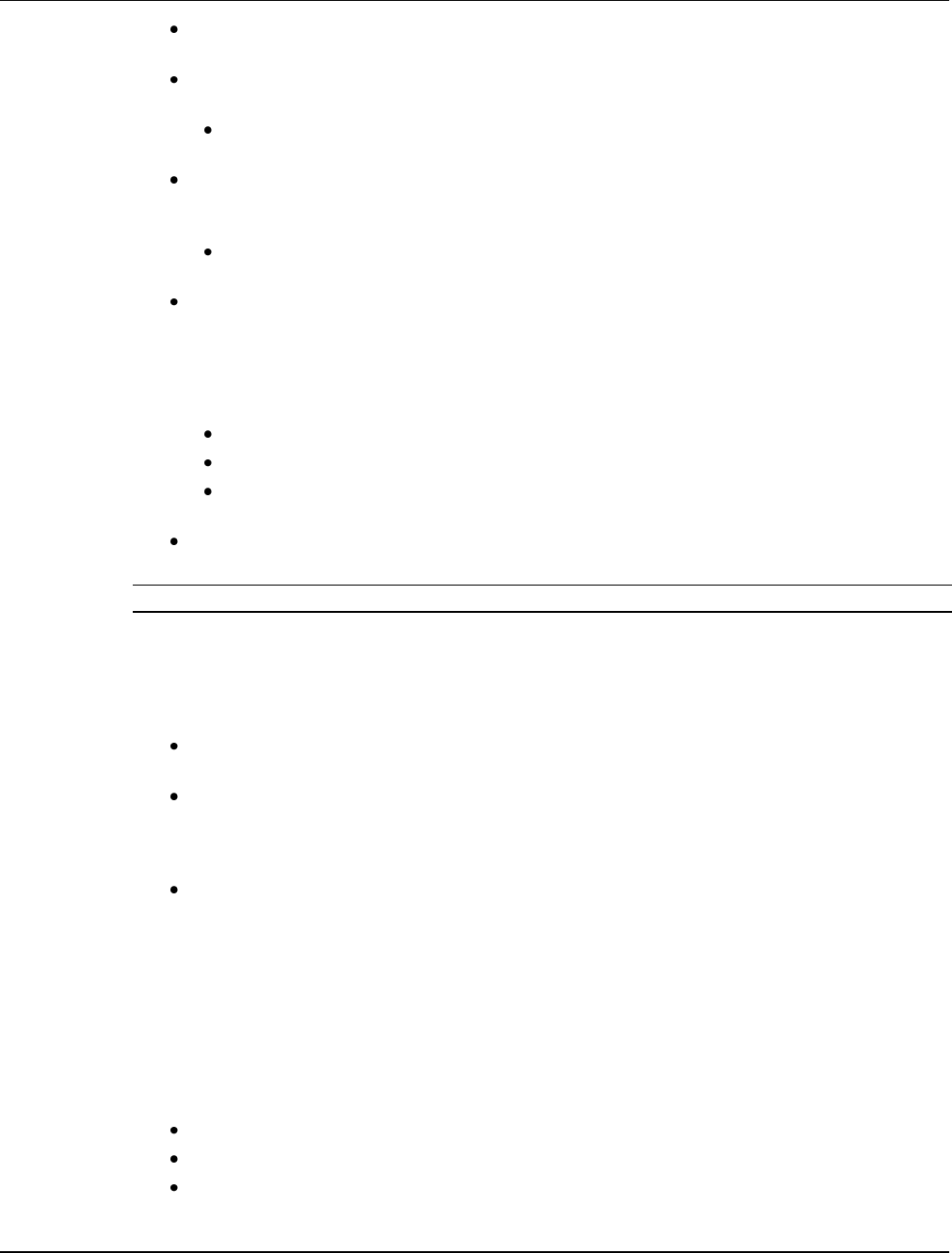
User Instructions UM1M820BNA
Spec No. 1M820BNA (Model M820B) Issue AH, March 4, 2013
Spec No. 1M820DNA (Model M820D)
Chapter 3. Local Display Menus 99
This document is property of Emerson Network Power, Energy Systems, North America, Inc. and contains confidential and proprietary information owned by Emerson Network Power, Energy
Systems, North America, Inc. Any copying, use, or disclosure of it without the written permission of Emerson Network Power, Energy Systems, North America, Inc. is strictly prohibited.
AC Fail Test: Enables or disables starting a battery discharge test during an AC input
failure condition.
Planned Tests: Number of planned battery discharge test per year. A "0" setting disables
the planned test feature.
Test 1 (M-D Hr): Setting for when planned battery discharge test #1 occurs. Note that
there can be up to (12) battery discharge tests per year.
Const Curr Test: Enables or disables a Constant Current Battery Discharge Test. During
this test, the Controller automatically adjusts the rectifiers output voltage to maintain the
battery discharge current at a preset value "ConstCurrT Curr".
ConstCurrT Curr: Constant current setting for a Constant Current Battery Discharge
Test.
Short Test: Enables or disables a Short Battery Discharge Test. A Short Battery
Discharge Test is a short duration battery discharge test used to verify that parallel
batteries are discharging equally. If the discharge current difference between the two
batteries exceeds a preset value, an alarm is generated.
Note: This test requires a system with two battery shunts.
ShortTest Cycle: Short Battery Discharge Test interval.
Short Test Time: Short Battery Discharge Test duration.
Max Diff Curr: An alarm is generated if the maximum difference between discharge
currents of the two batteries exceeds this limit.
BattTestLowCap: If remaining battery capacity is less than this value, a battery discharge
test will not be started.
Temp Comp Menu
Menu Navigation: Main Menu / Settings / Battery / Temp Comp
Note: For WEB Interface; menu items are found under Device Information / Battery Group /
Settings Tab.
"Temp Comp" Parameter Settings:
Temp CompCenter: Sets the temperature at which the system operates at normal voltage
levels.
Temp Comp Coeff: Sets the temperature compensation slope or rate of change per °C
above or below the "Temp Comp" setting. This value is expressed in millivolt per °C per
string (mV/°C/str). For example, for a rate of change of 72 mV/°C/str in a 24-cell 48V
nominal battery string, the rate of change is 3 mV per cell.
TempComp Sensor: Select "None" for no temperature compensation, or the temperature
probe (SMTemp8 T8 / ... / SMTemp8 T1 / ... / SMTemp1 T8 / ... / SMTemp1 T1 / EIB T2 /
EIB T1 / IB2 T2 / IB2 T1) sensing battery temperature for temperature compensation. You
can also select Maximum or Average which takes the maximum or average reading of the
temperature probes (any of SMTemp8 T8 / ... / SMTemp8 T1 / ... / SMTemp1 T8 / ... /
SMTemp1 T1 / EIB T2 / EIB T1 / IB2 T2 / IB2 T1) set as battery temperature probes. When
used with an SM-BRC, you can select to average the SM-BRC temperature probe
readings.
Note: The temperature compensation sensor is also the sensor which displays the battery
temperature on the Web Interface’s Homepage.
Comp Temp High2: Allows you to set a high compensation temperature alarm 2 point.
Comp Temp High1: Allows you to set a high compensation temperature alarm 1 point.
Comp Temp Low: Allows you to set a low compensation temperature alarm point.



